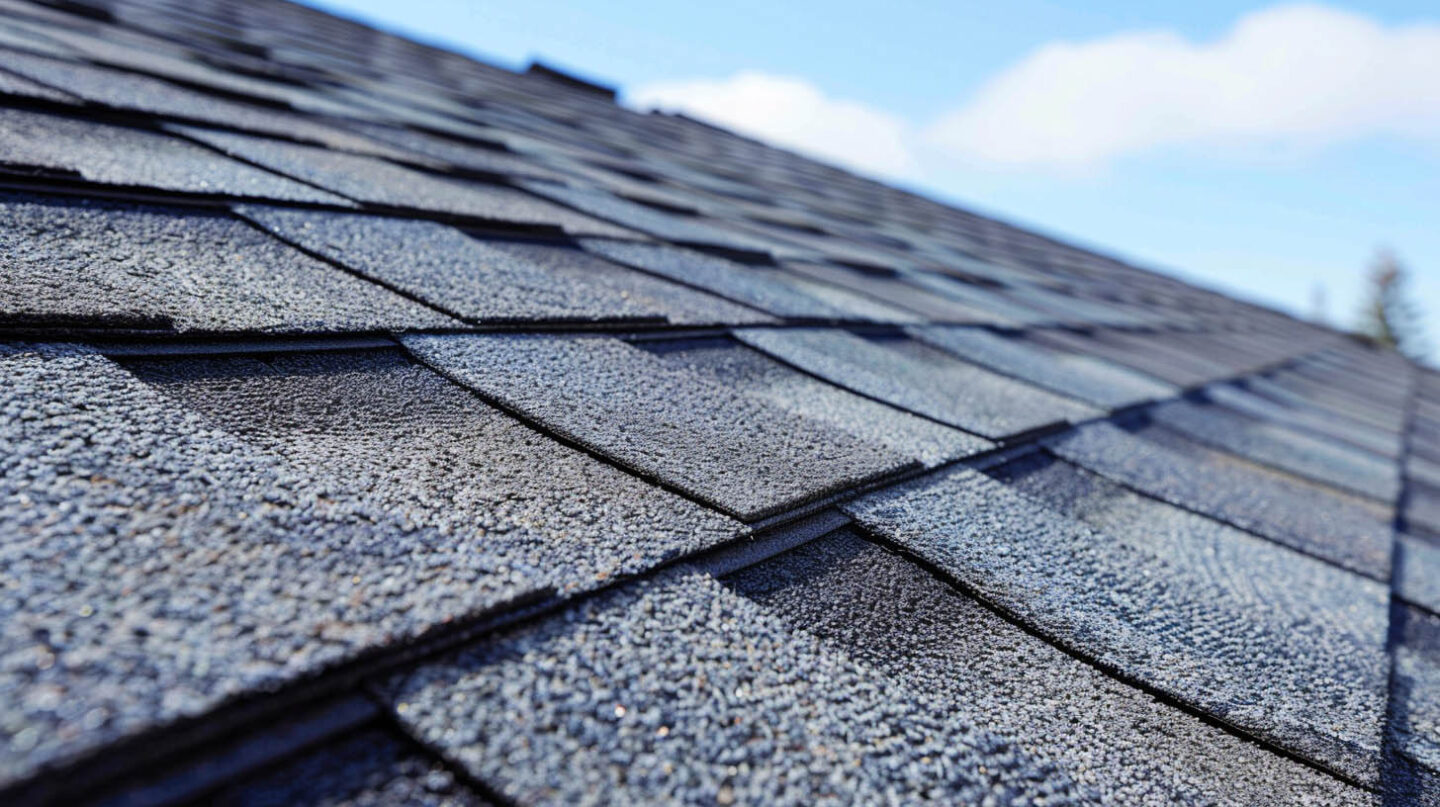Living in a humid climate like Cary, NC, means you are familiar with long, hot summers and high cooling costs. You’re likely always looking for ways to make your home more comfortable and energy-efficient. Have you ever considered that the solution might be right above your head? A cool roof isn’t just a trend; it’s a smart upgrade that can make a real difference. At The Shingle Master, we specialize in providing high-quality cool roof shingles tailored for the unique needs of homes. Our expert team is dedicated to helping you explore whether cool roof shingles are a worthwhile investment for your home, ensuring you achieve both comfort and cost savings.
Understanding Cool Roof Shingles in Humid Climates
Cool roof shingles are specifically designed to mitigate the impacts of high temperatures in humid climates. Utilizing reflective mineral granules, these roofing materials possess a high solar reflectance index, allowing them to reject a significant amount of sunlight. Unlike traditional roofs, which absorb heat, cool shingles promote high thermal emittance, helping maintain cooler interior spaces. This performance is crucial in reducing energy consumption, lowering air conditioning costs, and improving overall energy efficiency in both residential and commercial buildings during the hot summer months.
How Cool Roof Shingles Work to Reflect Sunlight
Cool roof shingles utilize reflective mineral granules to significantly reduce the impact of the sun’s rays on residential and commercial buildings. By achieving a high solar reflectance index, these shingles minimize heat transfer, thereby lowering indoor temperatures and energy consumption. Through innovative cool roofing materials, the cooling effect can lead to substantial energy savings, enhance air conditioning efficiency, and contribute to mitigating the urban heat island effect. This is particularly beneficial in humid climates where excessive heat can exacerbate discomfort and energy costs.
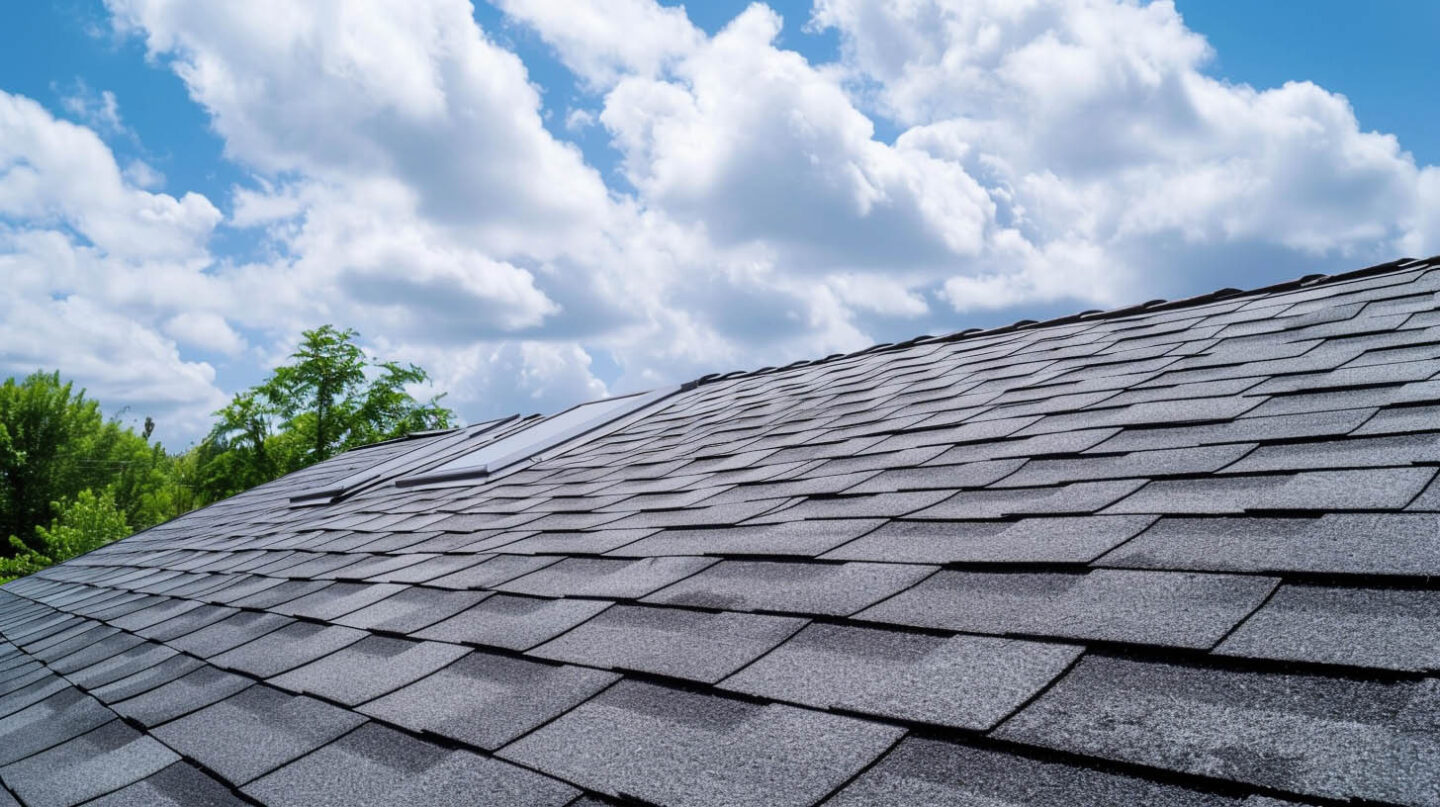
Differences Between Cool and Traditional Shingles
Several factors distinguish cool shingles from traditional options, primarily their solar reflectance properties. Cool roofing materials, with a higher solar reflectance index (SRI), can significantly reduce heat absorption compared to darker, conventional roofs. This reflects sunlight and minimizes heat transfer, leading to decreased energy consumption. Additionally, traditional asphalt shingles tend to retain heat, contributing to increased cooling costs in humid climates. The integration of reflective mineral granules in cool shingles enhances their thermal emittance, providing more effective temperature regulation throughout the year.
Evaluating Benefits of Cool Roof Shingles for Humid Regions
Several advantages come with selecting cool roof shingles for humid environments. These innovative materials enhance energy efficiency by reducing indoor temperatures, leading to lower energy consumption and decreased air conditioning costs. Moreover, their high solar reflectance significantly minimizes the heat absorption typical in traditional roofing systems, helping combat the urban heat island effect. Additionally, the cooling benefits translate into improved indoor comfort and potentially longer-lasting roofing products, providing a practical solution for homeowners and business owners alike.
Impact on Energy Bills and Indoor Comfort
Cool roof shingles significantly influence energy bills and indoor comfort, especially in humid climates. By utilizing high solar reflectance and thermal emittance properties, these materials effectively reduce heat transfer, keeping living spaces cooler. This minimizes the reliance on air conditioning, leading to notable energy savings. Additionally, enhanced comfort levels are achieved as indoor temperatures remain stable, reducing strain on HVAC systems. Consequently, businesses and homeowners can enjoy lower cooling costs, contributing to a more efficient energy consumption profile.
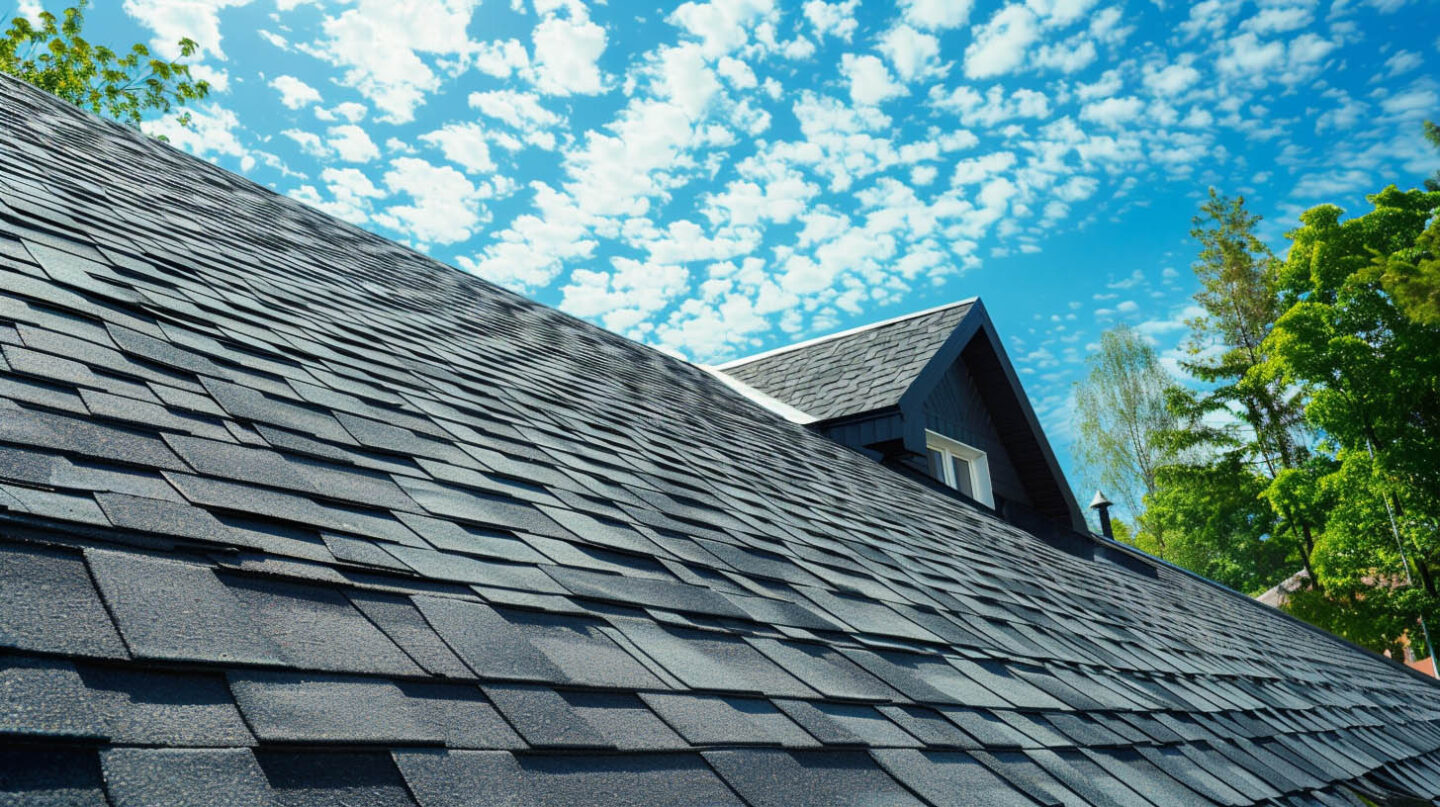
Indoor Humidity Reduction vs. Temperature Control
A high solar reflectance index significantly impacts indoor humidity levels while improving temperature control. By reducing the heat transfer from the roof into the building, cool roofing materials minimize the workload on HVAC systems, thus enhancing energy efficiency. As lower indoor temperatures are maintained, the potential for mold growth decreases, mitigating concerns associated with humid climates. This dual effect of temperature regulation and humidity reduction not only elevates indoor comfort but also contributes to lower energy consumption during the sweltering summer months.
Durability and Longevity of Cool Roof Shingles
Cool roof shingles are designed to withstand the challenges posed by humid conditions, offering superior durability compared to traditional roofing materials. High thermal emittance and water resistance contribute to their longevity, making them less susceptible to mold growth and algae formation. Additionally, the reflective mineral granules enhance their performance against moisture damage, maintaining the integrity of the roofing system. Consequently, these advanced materials can significantly extend the lifespan of shingles, proving to be a smart investment for homeowners in humid climates.
Performance Against Mold, Algae, and Moisture Damage
Effective protection against mold, algae, and moisture damage is crucial for maintaining roofing integrity in humid climates. Cool roofing materials typically feature high thermal emittance and enhanced water resistance, making them less susceptible to biological growth. Unlike traditional roofs, which may trap heat and moisture, cool roofing shingles enable better airflow and faster drying. This not only prolongs their lifespan but also reduces the likelihood of moisture-related issues, contributing to improved energy efficiency and reduced energy consumption across the roofing system.
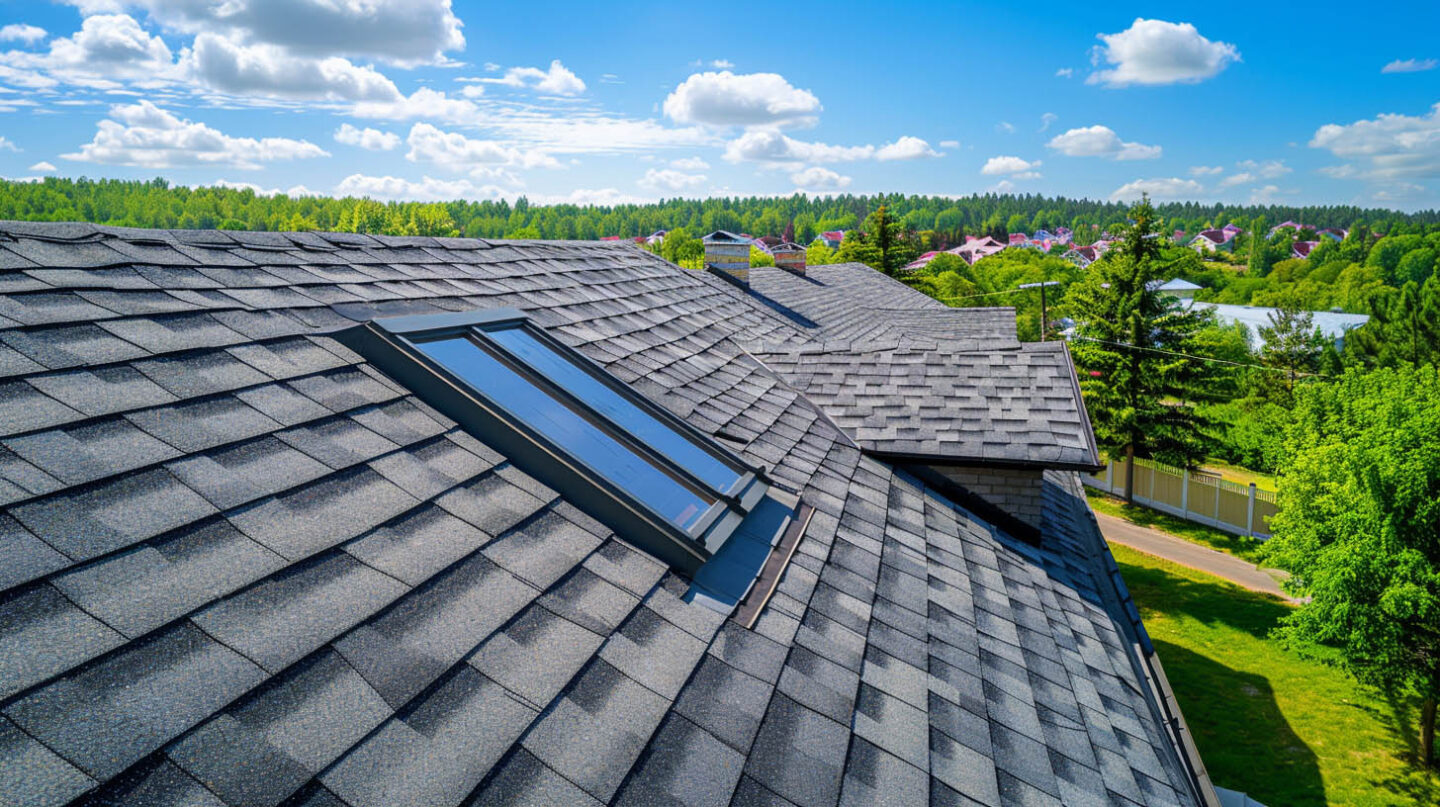
Lifespan Compared to Standard Roofing Options
In humid climates, cool roof shingles often outlast standard roofing options due to their superior materials and design. Utilizing reflective mineral granules, these shingles maintain high thermal emittance, effectively managing heat transfer and minimizing damage from moisture accumulation. On the other hand, traditional roofs may succumb to mold growth and degradation faster, leading to increased roof replacement costs. By investing in cool roofing materials, homeowners can significantly enhance their roofing system’s longevity, providing a more sustainable solution over time.
Costs, Incentives, and Rebate Opportunities
Exploring the financial aspects of cool roof shingles reveals significant potential for energy savings and long-term benefits. Many utility companies and government programs offer incentives for installation, effectively reducing upfront costs. Business owners can benefit from rebates, particularly in regions grappling with the urban heat island effect. This not only promotes energy efficiency but supports broader initiatives to lower greenhouse gas emissions. By investing in cool roofing materials, property owners position themselves for substantial reductions in cooling costs over time.
Cost Comparison: Cool vs. Regular Shingles
Analyzing the financial implications of cool versus traditional shingles reveals significant differences in long-term value. Although the initial investment for cool roofing materials, such as reflective mineral granules, may be higher, the benefits of a cool roof, including reduced energy consumption and lower cooling costs, often result in savings on energy bills. Over time, the decreased need for air conditioning mitigates the upfront costs, making cool shingles a viable option in humid climates while addressing urban heat island issues.
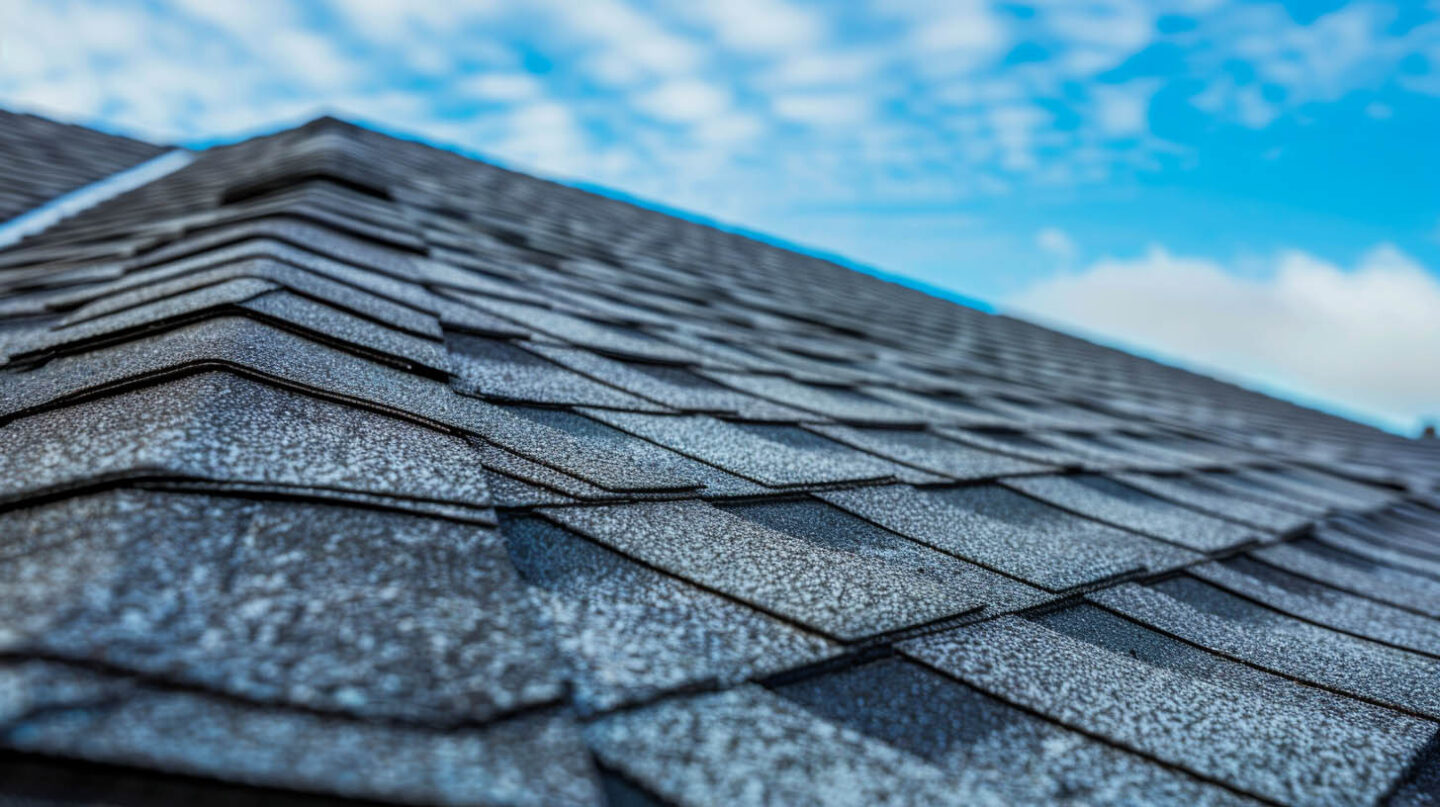
Available Rebates and Energy-Saving Programs
Numerous state and local programs offer incentives for homeowners and business owners opting for cool roofing shingles. These initiatives encourage the use of energy-efficient roofing materials, promoting a reduction in greenhouse gas emissions and energy costs. Rebates are often available through utility companies, rewarding those who invest in high thermal emittance products. Additionally, some government programs provide financial assistance for eco-friendly building practices, making it easier to manage upfront roofing costs and improve overall energy efficiency.
Get in Touch
Incorporating cool roof shingles offers substantial advantages for residents in humid climates. With their ability to reflect sunlight and reduce thermal absorption, these roofing materials directly contribute to lower energy costs and increased indoor comfort. Additionally, they mitigate the heat island effect, leading to reduced greenhouse gas emissions. Ultimately, while initial costs may be higher, the long-term benefits—especially concerning energy efficiency and longevity—position cool roof shingles as a valuable investment for homeowners and business owners alike.
Frequently Asked Questions
What are the negatives of a cool roof?
Cool roofs can have drawbacks, especially in humid climates. They may require increased maintenance and can accumulate moisture, leading to mold growth. Additionally, the initial cost might be higher compared to traditional shingles, impacting long-term financial benefits for homeowners.
What is the best roof for a hot humid climate?
In hot, humid climates, the best roofing system is one that reflects heat and resists moisture. Cool roof asphalt shingles are an excellent choice, offering a great balance of performance, aesthetics, and value. Light-colored metal roofs are another effective option, though they often come at a higher price point.
Read our blog: HOA Roof Rules: Writing Guidelines That Prevent Disputes

